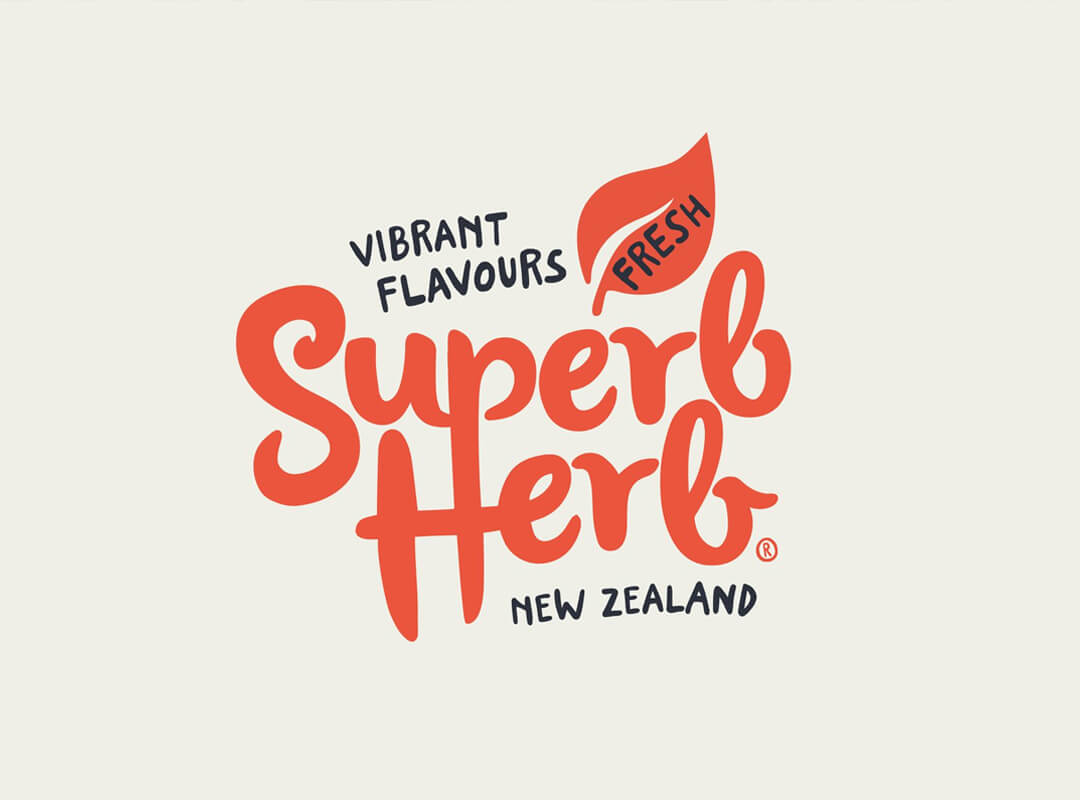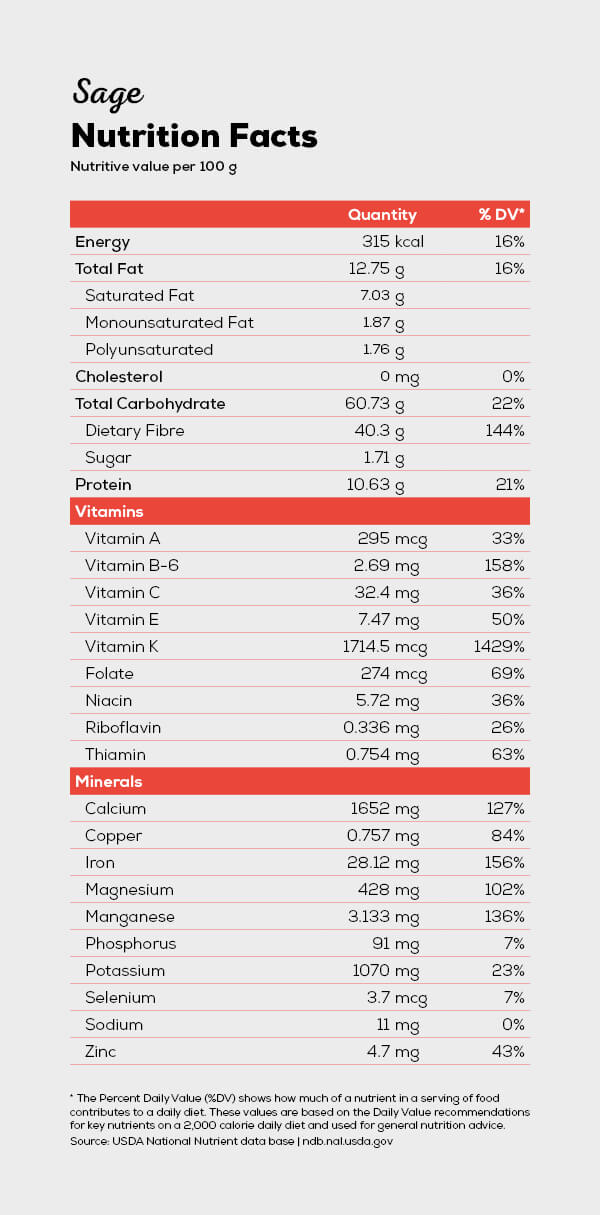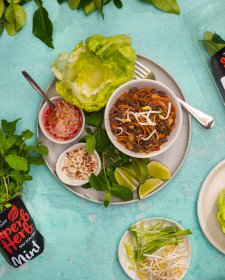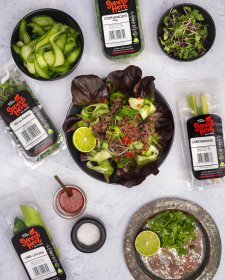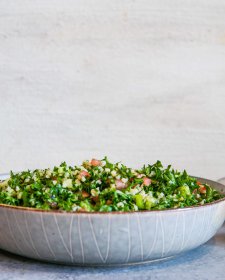Sage
Rich and strong aroma with warm flavourDid you know?
The word on the lip of many wise cooks, Sage is a highly versatile herb and a real meat lover!
In Britain, Sage has for generations been listed as one of the essential herbs along with Parsley, Rosemary, and Thyme as in the folk song “Scarborough Fair”. In American cooking, Sage is traditionally served with onion as stuffing, an accompaniment to roast turkey or chicken at Christmas or Thanksgiving Day.
Sage is great for…
- Pasta
- Infusions
- Stuffing
- Fatty meats
- Slow cooking
Pairs well with…
- Pork
- Beef
- Poultry
- Cheese
Kitchen tips
Cut young leaves and add to your cooking! Sage can withstand long cooking times without losing its flavour, so let the leaves infuse your dish.
Take care of your Sage
Your potted Sage will love a warm spot in your kitchen. Water little every day from the bottom up.
Keep your pre-cut pack of Sage in the vegetable compartment of your fridge and use within 8 days.
Nutritional facts
Sage is an excellent source of fibre, vitamin A, folate, calcium, iron, magnesium, manganese, and B vitamins such as folic acid, thiamin, pyridoxine, and riboflavin in much higher doses than the recommended daily requirements, plus healthy amounts of vitamin C, vitamin E, thiamin and copper.
Health benefits
The name Sage derives from the Latin salvere, meaning ‘to be saved†– a sign of its long history of medicinal use always associated with potent healing powers.
Traditionally it is used to treat fevers, as a calming tea to help people get to sleep and for colds. Now, modern science is corroborating some of its historical uses.
